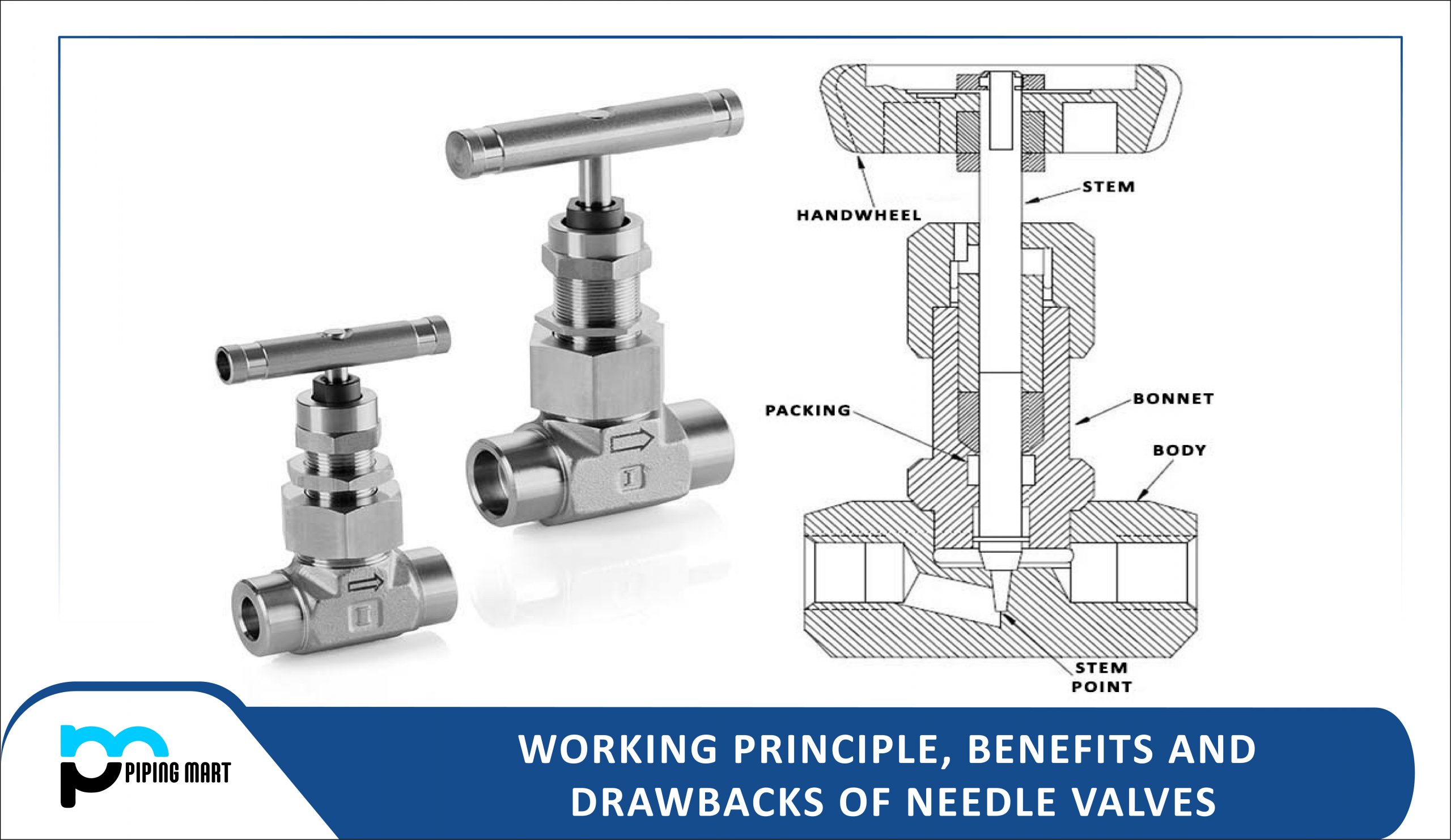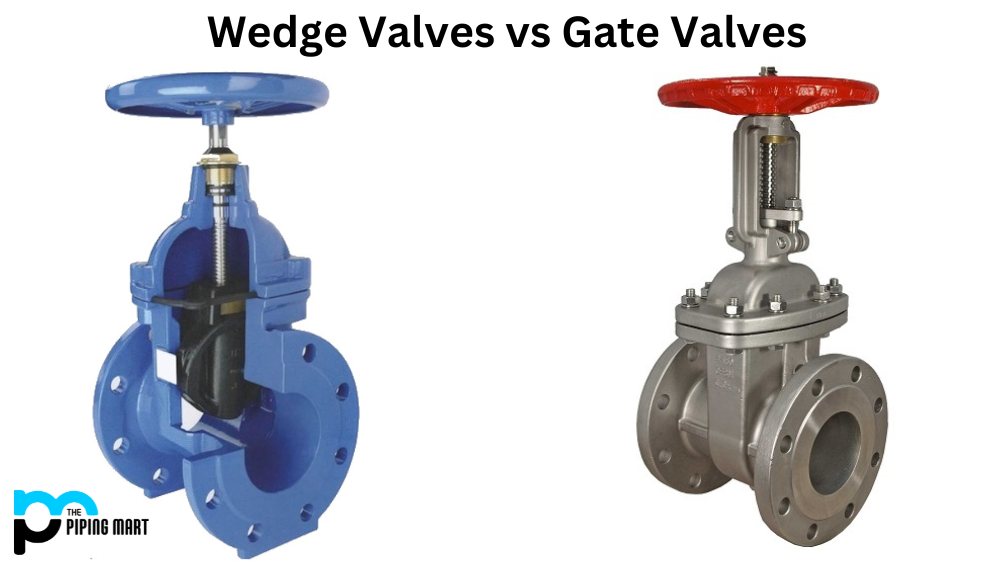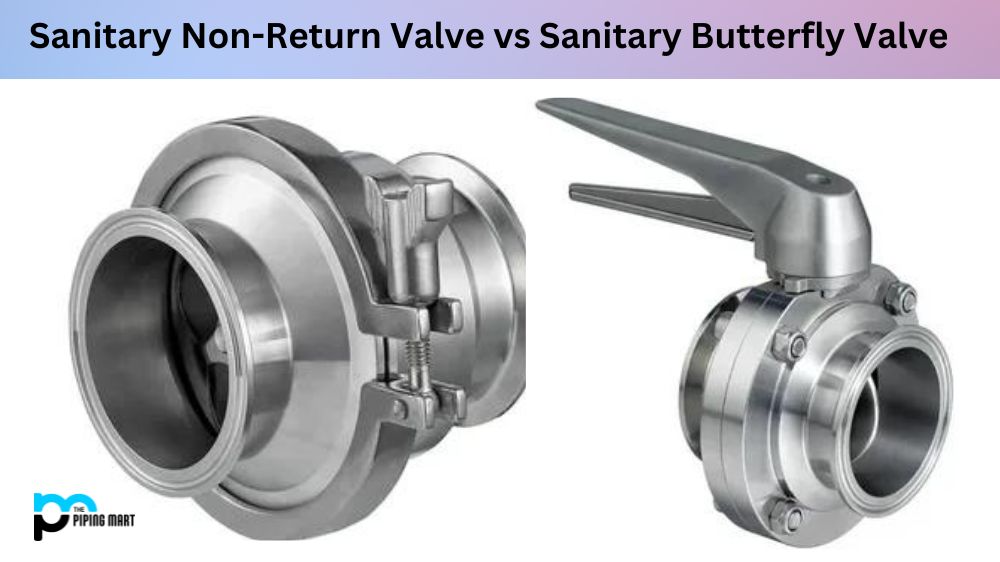There are numerous ways of isolating the flow in a pipe system. There are numerous types of valves and blinding systems available for this. However, the function and purpose of needle valves are completely different. Plunger valves are another name for needle valves. This allows piping technicians to precisely control and regulates fluid flow and pressure. The Needle valve earned its name from its slender needle-like plug and port design. The needle valves are relatively small, but they control fluid flow with extraordinary precision.
Needle valves are linear motion valves that are used in instrument systems to throttle small volumes. A needle valve is a manual valve that is used for flow regulation where continual throttling is required. Needle valves are similar in design to globe valves, with the main distinction being a pointed needle-like disk. The needle valve has a highly precise isolation system that is accompanied by fine movement of the shaft, allowing the gearbox to move the piston tube in sliding motion for opening and closing positions. A detailed explanation is given in the following article.
The Working Principles of Needle Valves are as follows:
Needle valves can be controlled manually or mechanically. Manually driven needle valves open and close their disc with a hand wheel. When the handle is turned clockwise, the plunger lifts, allowing fluid to enter through the valve. When the handle is turned anti-clockwise, the plunger moves closer to the seat, lowering the flow rate and eventually stopping the flow of fluid.
Automated needle valves are attached to a hydraulic motor or an air actuator, which helps to open and close the valve automatically. The motor or actuator will assist in adjusting the position of the plunger in response to the timer or external data fed into the system during monitoring.
Fluid flow rates are precisely controlled by both manually and automatically operated needle valves. Because the hand wheel is precisely threaded, it takes several spins to modify the plunger position from the seat. As a result, the needle valve can help regulate the flow rate in the system more effectively.
Needle Valve Design Standards
The following are some commonly used needle valve design standards that regulate valve design and selection:
- ASME B16.34
- BS 7174 P4
- MIL-V-24586
- PIP PNDMV09N
Needle Valve Selection
The criteria that influence the selection of the appropriate needle valve are as follows:
- Valve Material: This is determined by the application.
- Valve, port, and orifice size
- Temperature and pressure rating
Advantages of Needle Valve
The primary functions of a needle valve are as follows:
- Flow control at a very low rate with better accuracy is achieved with the help of this valve.
- Needle valves are smaller. As a result, there is no space constraint during installation.
- This valve allows for throttling even with a small volume of fluid.
- Flow rates can be accurately regulated.
- It is simpler to use.
Disadvantages of Needle Valve
There are a few disadvantages of using needle valves.
- The needle valve has a high-pressure loss due to the high restriction of fluid flow.
- They are only suitable for low-flow rate piping systems.
- If the fluid contains solid particles, the seat and needle may be damaged.
- It is difficult to tell whether it is open or closed simply by looking at the handle position.
- These valves cannot be opened or closed instantly. An immediate operation may cause harm to the seat of the needle valve.

Pipingmart is B2B portal specializes in industrial, metal and piping products. Also, share latest information and news related to products, materials and different types grades to help business dealing in this industry.




